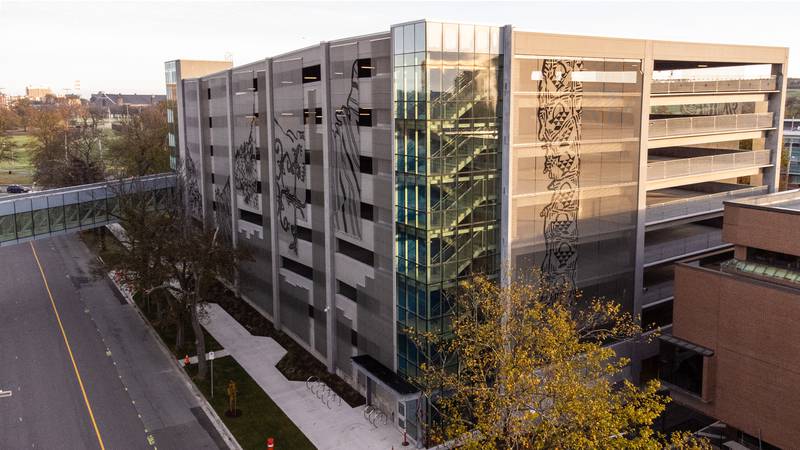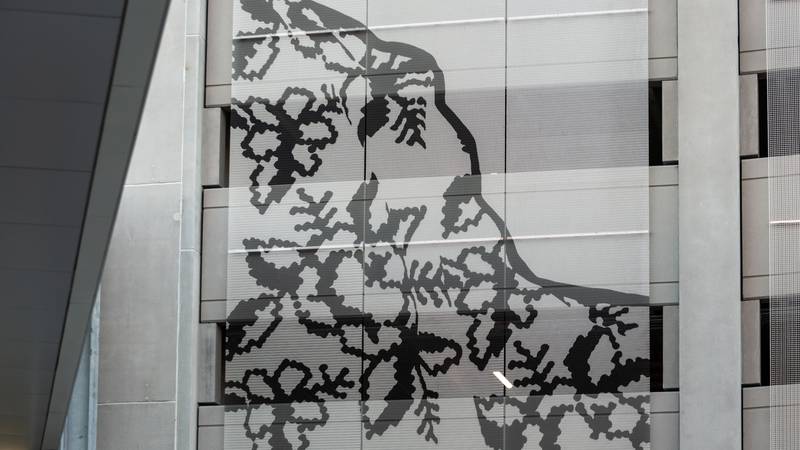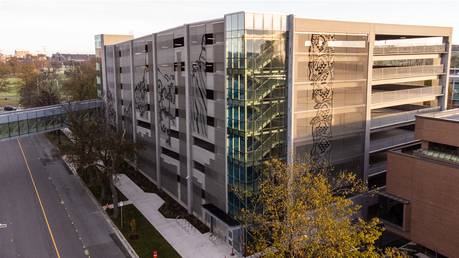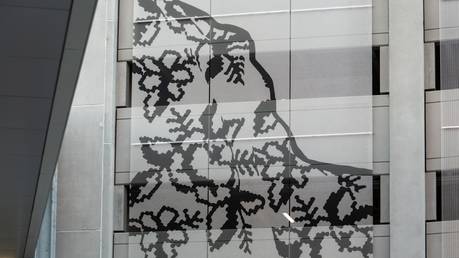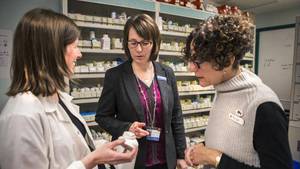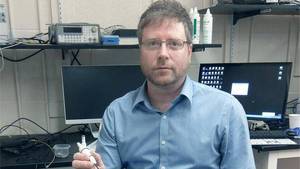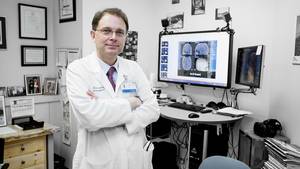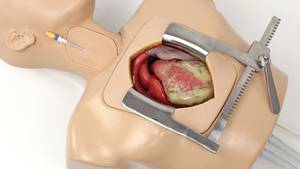With healthcare needs in the province shifting dramatically, the QEII Health Sciences Centre is continuing to work towards its mission of improving access to state-of-the-art care for the nearly one million Atlantic Canadian patient visits each year.
As part of the provincial government’s More, Faster: The Action for Health Build project — a once-in-a-generation undertaking to modernize and revolutionize health care not just in Halifax but in communities throughout the province — the Halifax Infirmary campus is the centre of new renovations and expansions that will allow for a system-wide transformation.
With the construction of this new QEII complex set to alter the current Robie Street entrance of the Halifax Infirmary, new renovations and additions are being made to the Summer Street entrance. Updates include the construction of a new parkade, the addition of a pedway and the expansion of the Infirmary’s lobby and vestibule.
“Considerable thought and attention were given to prepare the site for this expansion,” says Jessica McNeil, a project manager at Build Nova Scotia. “These early works projects will help support Halifax Infirmary patients, staff and visitors — as well as the general public — during the construction process.”
These new additions will ensure the Infirmary building remains accessible, not just during the expansion of the Halifax campus but also for future generations of patients. To accommodate that growing need, the new Summer Street parkade includes more than 500 parking spaces, including barrier-free spots, electric vehicle charging spots and bike parking.
With a new pedway that takes patients, visitors and staff straight from the parkade to the Infirmary’s vestibule, and with considerations like portable transport chairs on each level of the parkade, the new designs were drawn up with accessibility top of mind.
“Our goal was to make the Halifax Infirmary site more accessible and to add more parking,” says Jessica. “The pedway was an essential element to help facilitate a safe cross over on Summer Street.”
As the new Summer Street additions prioritize ease of access for the QEII’s diverse population of patients, an accompanying public art installation celebrates the province’s culturally rich and varied history.
In late 2020, the Province of Nova Scotia invited local artists to submit design proposals for the exterior cladding of the parkade, which is situated across from the Halifax Commons and next to the Museum of Natural History.
The resulting installation, titled In Conversation, is the work of Andrea Tsang Jackson, a visual artist based in Halifax. Based on designs that commemorate the history of textile work in the province, the artwork is permanently powder-coated on flexible architectural mesh panels, woven in stainless steel.
Andrea began experimenting with textile art while pregnant with her two sons. What started as several quilts became a regular practice, with Andrea attending craft shows and eventually joining the Modern Quilt Guild.
“When I was engaging with the public at my first craft shows, people were interested in seeing a different way of thinking about quilting,” says Andrea. “When you think of a quilt or a quilter, you may have certain preconceived ideas of what that person looks like, what they do, what their quilts look like.”
The installation features six designs inspired by the work of craftspeople from Nova Scotia’s history; from the beaded textiles of Ida Simon, a member of the Sipekne’katik First Nation, to the quilts of Daurene Lewis, a weaver, community leader and the first female Black mayor in Canada.
The sixth and final design is based on Andrea’s own story. As a Canadian-born artist of Chinese descent whose family has a rich history with textile work, her design celebrates her family’s — and her own —unique relationship with craft.
“There are so many rich and varied practices and traditions within Nova Scotia, and some of them are uniquely tied to historic cultural groups in the province,” Andrea says. “That was part of what I wanted to represent.”
As the QEII expands to better serve Nova Scotia’s diverse population, Andrea’s installation will serve as a reminder of the province’s vibrant past, while serving as a comfort for a new generation of patients.
“The reasoning behind bringing craft through the hospital building is that we find comfort in things that remind us of home,” she says.
To learn more about In Conversation, visit parkade.3rdstoryworkshop.com.

